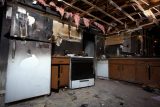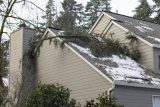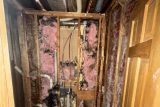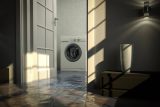After The Storm Passes: How To Handle Winter Storm Damage
Homeowners
3 years ago
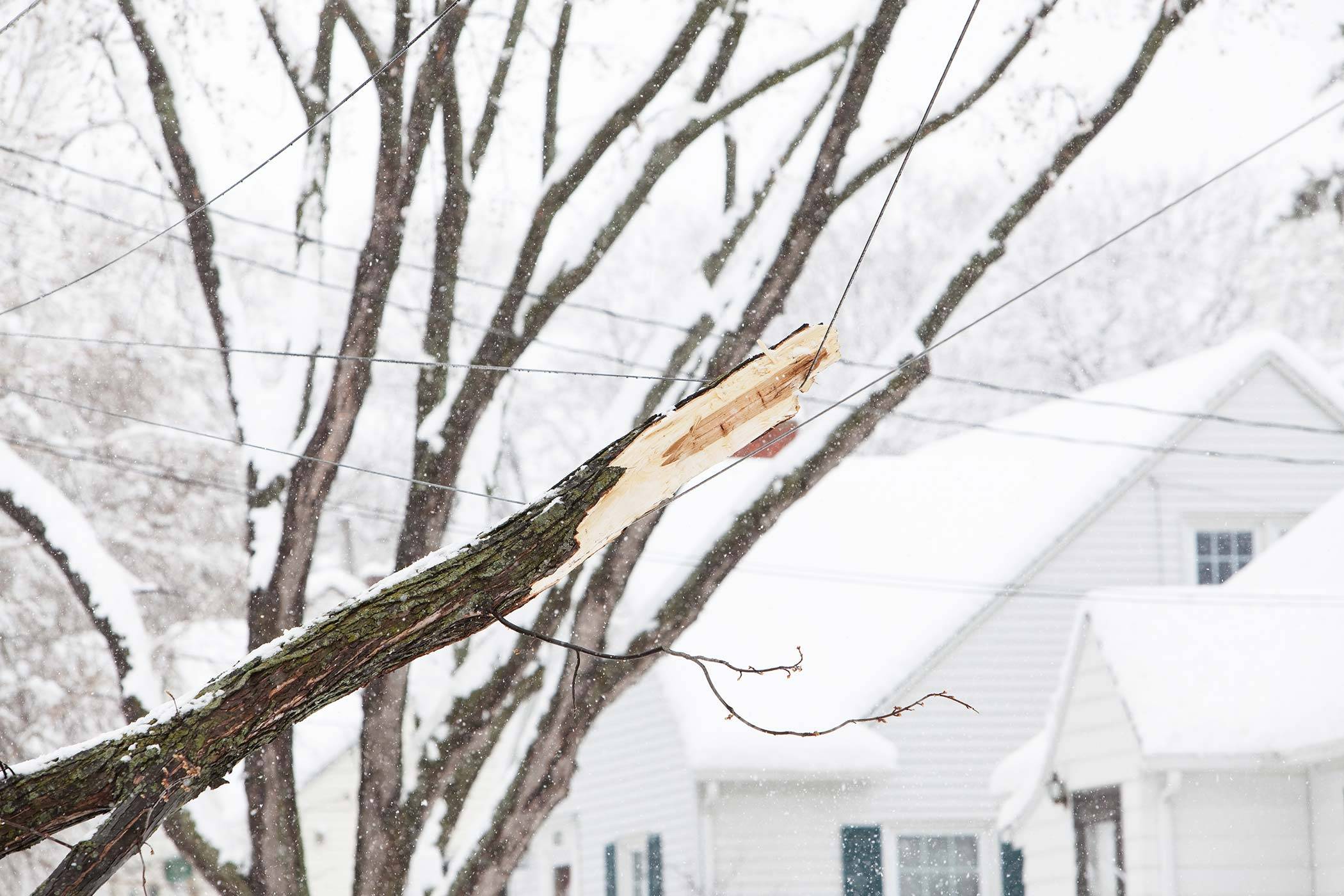
You know that ice, wind, snow, and subzero temperatures can all cause damage to your home and property. It’s the time of year when we all hunker down and hope we’ve prepared our homes to weather the winter storm season.
But once the storm is over, what’s the best way to assess and handle potential damage?
Prepare Ahead Of Time
It’s always best if you can proactively prepare for potential storm damage. Structural damage to your home definitely increases in the winter months, so make sure to take precautions.
Have Your Roof Inspected
It’s always a good idea to have your roof inspected annually and large, flat roofs or ones in shady areas are at a higher risk for a dangerous build-up of snow and ice.
If you have skylights in your home, that can cause structural weakness and put you at risk for leaks the longer snow and ice sit on your roof.
If your attic and roof area aren’t properly insulated, it can cause snow to melt and refreeze, causing ice dams and interior water leaks.
Having your roof inspected regularly and checking your home’s structure before winter storm season can help prevent major damage.
Protect Your Home
If you know a winter storm system is coming, or subzero temperatures are threatening, take time to make sure your home is prepared:
- Keep pipes from freezing
- Install storm windows
- Keep cold air out of your home using caulk and weatherstripping around windows and doors.
- If you have a fireplace, stock up on wood and ensure the fireplace is properly vented
- Consider installing a portable generator for potential power outages
- Check your homeowner’s insurance policy so if your home does suffer storm damage, you know how to file a claim quickly.
After The Storm Has Passed
During a storm, we always recommend that you stay indoors as long as it is safe to do so. If a falling tree or other debris has made your home unsafe, call emergency services immediately and follow their instructions.
Once the storm has passed, it’s time to visually assess your property and determine if damage has been caused.
Ensure Everyone’s Safety
After the storm has passed and local weather services have stated it is safe to venture outdoors, make sure everyone in your home is safe. If anyone has sustained an injury, call emergency services and follow their instructions.
Do not put yourself or your family at risk by attempting to check on your property while injured.
Conduct A Visual Inspection
Once you can safely move around the outside of your home, conduct a visual check. Below are things to look for that could indicate winter storm damage:
- Missing or damaged siding
- Cracked or broken windows
- Visibly frozen pipes
- Fallen tree branches
- Broken down gutters
- Downed power lines (report these to your power company immediately)
Document Damage
The best way to make sure you can properly file a homeowner’s insurance claim is to take photos of your property and any potential damage. Once you can safely shovel walkways around your home, take the time to photograph any damage that has occurred.
We’re Always Here To Help
The damage from a winter storm isn’t always visible until the snow melts. Damage from snow, ice, severe winds, and downed trees can have a serious impact on the safety of your home.
If you’re concerned storm damage could have caused flooding, water damage, or structural damage to your home. Give us a call right away!
Lake City Restoration provides water damage cleanup, storm damage repair, and other necessary restoration services year-round.
We are always available 24/7, so no matter the season, our experts are here to help get your home back to where it should be!

